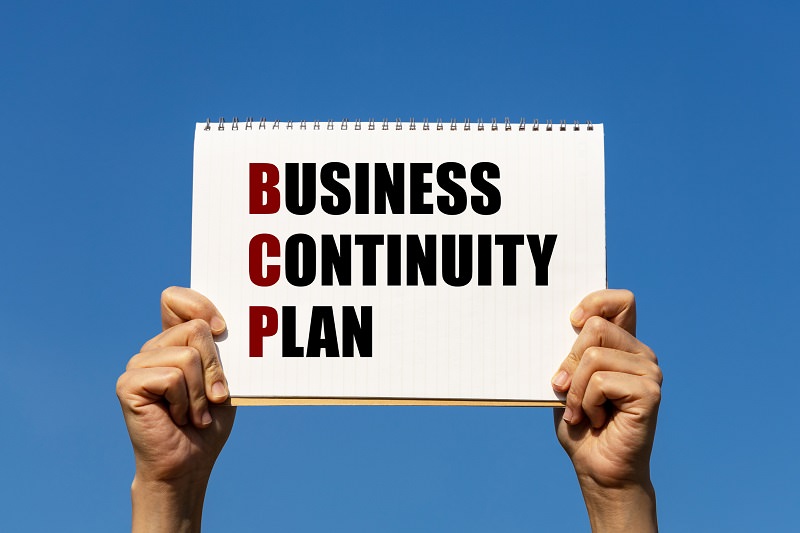You might have sometimes heard, “Mr. ABC has been released on $30,000 bail” when the judge releases someone. As it seems, the bail amount is paid to the court on release. But what if someone does not have the money to pay the court?
They will have to stay in jail until the date court has set for the trial; a bail bondsman can help them release them even if they do not have enough money. So, how does a bail bondsman make money when helping defendants release from jail?
Let’s tell you everything about bail money, bail bondsmen, and how they make money.
What is Bail or Bail Money?
When a person is arrested for a crime or fraudulent activity, they are kept in jail until presented in court. Even after the initial presentation in front of the judge, they might set a different date for the trial.
To ensure the defendant does not have to stay in jail through this period, the court allows them to pay a bail amount. It works as a security deposit returned to the defendant if they stay compliant throughout the case proceeding.
The cash bail is forfeited if the defendant fails to appear in court for the trial.
How do Bail Bondsmen Work?
When a person is arrested and the court orders bail, they can submit it in cash, use a credit card to get a cash advance, or get help from a bail bondsman or bail bond agency.
While it might seem like you only require paperwork knowledge to become a bail bondsman, it requires you to be immensely vigilant. If your client does not appear in court during trial, it might be difficult to track them down.
Thus, bail bondsmen and agencies must run a thorough background check to ensure their record and the authenticity of collateral to avoid trouble.
How Does Bail Bondsman Make Money?
When a defendant has to pay a particular bail amount in court and they do not have enough cash, they ask a bail bondsman or agency to post the bail bond on their behalf.
A bail bond is a surety bond provided by the agency or bail agent to secure the defendant’s release from jail. The bail bondsman may prepare a criminal or civil bail bond per need.
A bail bondsman earns money by charging a fee on the bail bond, which is usually 10% of the bail amount ordered by the court.
For Example:
Let’s say the court has set the bail to $50,000 to release John. If John does not have $50,000 to pay to the court, as it is a high amount, he will contact a bail bondsman or agency to post the bail bond on his behalf.
The bail bondsman will ask John for $5,000 (ten percent of the total amount) to post the bond. However, the percentage may vary from state to state.
They secure the rest of the bail amount as collateral, including a car, home, or jewelry. The bondsman may also ask the defendant’s relatives if they do not have enough assets to present to the court.
Moreover, a few states, including Indiana, Kentucky, Maine, Massachusetts, Oregon, Tennessee, and Wisconsin, do not allow bail bondsmen to offer services to defendants. Instead, the court receives ten percent of the bail money through bail bonds.
Do Bail Bondsmen Make Good Money?
The average annual income of a bail bondsman in the US is around $43,400. Emerging bail bondsmen may earn as low as $25,000, which increases as they gain experience. Highly skilled and experienced bail bondsmen make up to $150,000 per year.
At the same time, the annual salary may vary depending on the state, education, certification, experience, etc. Most bail bondsmen make between $39,489 and $48,483 yearly.
As an agency, you can make significant money as the latest data shows the bail bond industry valuing around $1.9 billion in the US. Besides making money from usual cases like felony arrests that give you $1000 as profit per case, serious crimes with high bail amounts can add to the annual income significantly. The premium in cases with high bail amounts, such as a million dollars, have a lower premium, typically 1%; it still comes to around $10,000 for just one case.
How to Start a Bail Bondsman Business?
Start with researching to see if you can be a bail bondsman. Ensure you meet the requirements and take the pre-licensing course before taking the bail bonding license exam. Once you pass the exam, apply for the state license and register your bail bondsman business.
When dealing with new clients, check their background and criminal, employment, and financial history. As a beginner, working with first-time offenders with a high reputation is better as they are more promising.

How do Bail Bondsmen Get Their Money Back?
When the Defendant Does not Appear in Court
In some cases, defendants opt for a bail bondsman to get away with court proceedings and not have to stay in jail.
But what do you do as a bail bondsman if your client does not present in court?
The defendants who fail to appear in court owe the bondsman the full bail amount. They will also have the right to the collateral securing the bail bond.
Yet, most bondsmen stay in touch with their clients and remind them about the trial dates to ensure they visit the court. In case of missing the court date, the judge can issue an arrest warrant for the defendant.
When the Defendant Appears in Court
Well, if the defendant complies with the court orders and attends the proceedings, they will receive the full bail amount posted by the bail bondsman. However, the fee paid to the bondsman is nonrefundable.
Do All Defendants Need a Bail Bondsman?
No, defendants do not need a bail bondsman if they can arrange the money on their own. They may use their credit card given that they can pay back in time. Alternatively, asking relatives to loan money can prevent them from giving extra money to the bail bondsman or agency. However, as most people cannot arrange that sum for the court, they connect to a bail bondsman or agency; some defendants decide to stay in jail until their trial.
Do all Defendants have to Pay Bail?
Every defendant the court orders to pay bail has to. Nonetheless, they can request a bail reduction to the court within five days of the order. The duration may vary for different states and regions.
The Bottom Line
Being a bondsman requires passing a licensing exam to obtain your license. But you can make good money once you are in the business. A bail bondsman earns $43,400 on average in the US, with salaries ranging between $39,489 and $48,483. Beginners usually make between $25,000 and $30,000, whereas the experienced earn up to $150,000. Bail bondsmen earn by taking 10 to 15% of the total bail amount as their fees. The fee percentage may vary in different states.
FAQs
How much do bail bondsmen make an hour?
The hourly pay for a bail bondsman in the US is between $19 and $23, depending on location, qualification, skills, and expertise. However, the average hourly wage is around $21 for bail bondsmen.
How much does a bail agent make in California?
California is one of the highest-paying locations for bail bondsmen. The average salary of a bail bondsman in California is $48,619, while the pay ranges between $44,239 and $54,312.
How much do bail bondsmen charge?
The standard fee of a bail bondsman is 10% of the total bail money, but the amount varies for states. For example, some states do not allow bail agents to charge more than 8%. In other regions, they may charge up to 15%.
Do you get the bail money back?
Yes, the defendant gets the bail money back even if found guilty. However, the court might impose heavy fines depending on the charges.







